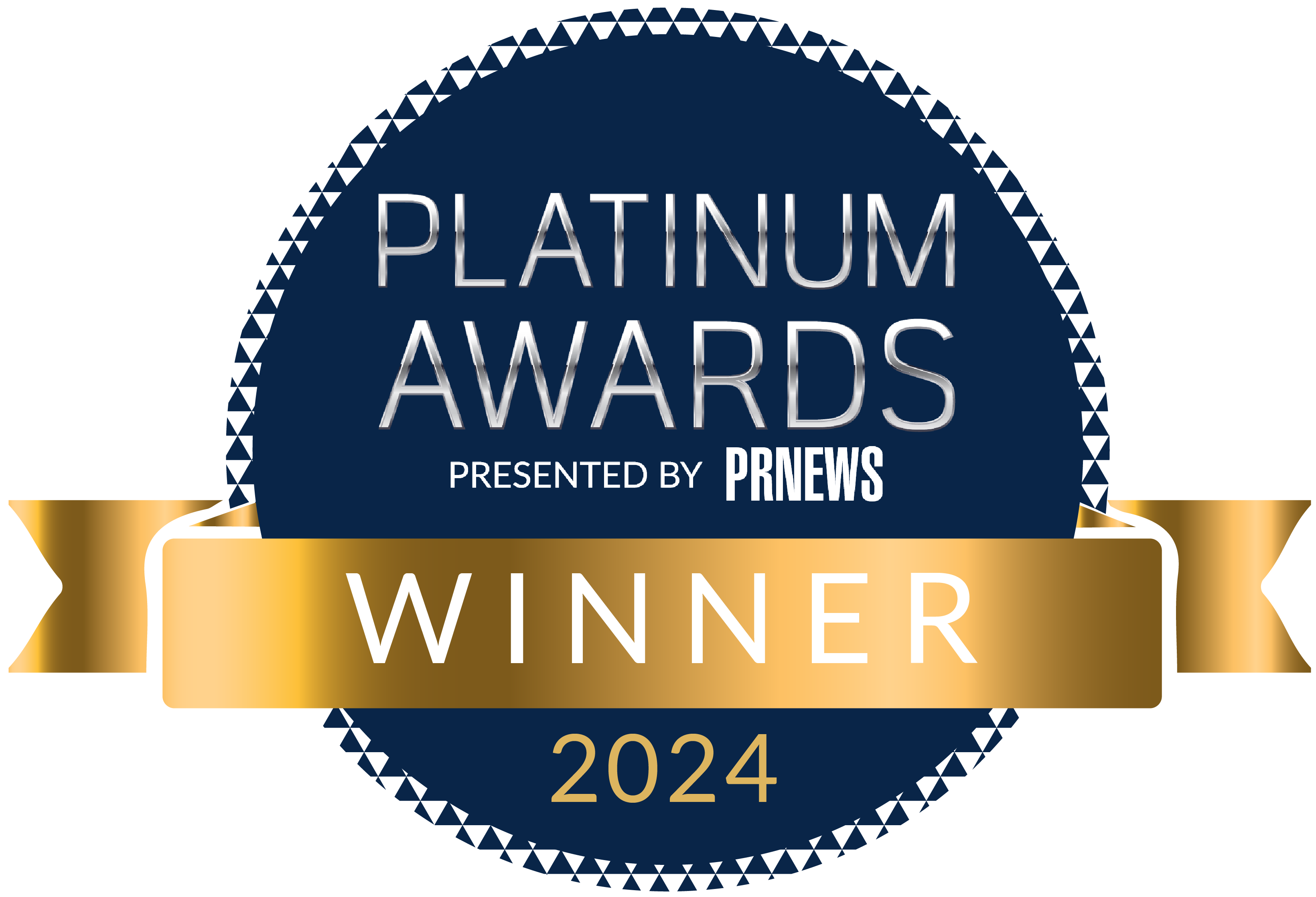It’s happened again. Something we in the PR industry know all too well – a social post goes viral from a journalist making a broad statement telling the world that the PR industry has done something wrong. In this instance, a reporter claiming that NO business journalist will ever want to take an intro call with a client spokesperson because they don’t have time and intro calls aren’t useful.
I’m not here to invalidate the reporter’s opinion (which is why I’ve not linked directly to their post) or defend media relations practioners as always doing things the right way (spoiler: we do not). But I do think both sides would benefit from a more constructive conversation about how we can work together, rather than making blanket statements that aren’t shared industry wide.
Each reporter has their own personal preferences on if they’ll work with PR people, how they’ll work with PR people, and how they utilize sourcing within their reporting. If you’re a PR person who isn’t respecting an individual reporter’s stated preferences for how THEY want to work with media relations folks, then you’re doing all of us a disservice. Similarly, a reporter inferring that their own preferences are shared by all their peers benefits no one.
In over ten years of working with reporters, FischTank has found there are plenty of instances where intro calls are not only appropriate but welcomed. As always, approach and delivery are everything. Below are a handful of examples of opportunities to intro pitch and provide valuable resources to journalists.
Introducing a source
There are many journalists who are well-sourced and prefer to find and cultivate new relationships on their own, which is their prerogative. That said, we’ve found that many journalists are open to taking an intro call if we can showcase why/how our spokesperson can bring value to their coverage. Let’s start with a key takeaway – an intro call shouldn’t be your spokesperson’s 30-minute elevator pitch of their company and service/offering (unless specifically asked). These conversations are instead more free flowing, discussing key trends seen in the industry, perspectives on what key players are/aren’t doing well, forecasting into the future, etc. The only goal here from the PR professional side should be to showcase their spokesperson’s value as a source and have them added to the reporter’s rolodex for future story ideas. Any immediate coverage that may come from these calls is a bonus … but it does happen.
For example, FischTank works with a global leadership consultancy that has been in business for 80 years, working with leaders from Fortune 500 companies across the globe. We identified a reporter at Inc. who we thought would be interested in learning more about the company and potentially utilizing some of their experts in future coverage on workplace leadership topics. A personalized pitch led to an intro call with a senior partner who provided background on the company, followed by a wide-ranging conversation on workplace trends, challenges, what they are talking about with their clients, etc.
The end result? The reporter reached out a week later with a request for commentary from the CEO, a second request a couple of months later, and routinely connects with us to learn about what our client is currently discussing internally or with clients. The reporter is doing this to keep a pulse of the industry. Multiple article placements (story inclusion) and an on-going collaborative relationship resulted from a short pitch offering a 30-minute, no agenda intro call.
When a reporter changes beats/publications
Across today’s journalism landscape we see reporters change beats or publications more often than ever before. In an instance where we see someone change coverage areas or start a new role at a different press outlet, it’s not uncommon for us to send a note highlighting a few companies we work with that they may find interesting in terms of sourcing as they begin to dig into their new beat. The concept is similar to the above – we aren’t asking for interviews about our clients; we’re offering a list of sources and the opportunity to build relationships with experts who have their finger on the pulse of the industry. These emails don’t always create instant engagement – many times reporters flag and file away, and we hear from them down the road.
In other instances, we set up a quick intro call with the reporter ourselves to talk more about our clients, and how they may be a resource for them. A good example of this was last year when a reporter we are friendly with moved from a regional newspaper to a national digital news organization to focus specifically on EVs and renewables. Despite having worked with her previously, her new job and beat were outside of our prior working relationship so there was an opportunity to offer her a host of new subject matter resources to help build her rolodex. Since then, we’ve worked with her multiple times to both support her reporting but also with feature coverage on our own client stories.
In a vertical with a lot of daily dealflow/news/policy
Reporters covering national news cycles or industries constantly grabbing headlines are often most in need of sources who can speak to both broad and very niche issues and do so urgently as news breaks. A mistake PR professionals can make at times is pitching their source too long after news breaks, when reporters are already heads down pushing to get their story or have already published. Instead, a good practice is to offer these reporters intro calls during some quiet periods/ahead of upcoming expected news where they can familiarize themselves with your spokesperson, and possibly take direct insights from those calls and integrate into future coverage.
Last summer, we organized a handful of intro discussions between one of our client CEOs and a few top tier reporters that cover their industry broadly, particularly within breaking news and policy. While the conversations were productive, there was no immediate coverage or plans for coverage – but our objective of getting on their radar was accomplished. Later in the year when major tensions between the U.S. and China bubbled over around importing certain materials (like the one our client manufactured) reporters we had spoken to over the summer from some of the biggest publications (Reuters, New York Times, Financial Times) filled our inbox asking to speak to the CEO again for the stories they were writing. No doubt those opportunities and resulting article mentions happened because of the intro approach.
I want to reiterate again that (as we all know) PR and media relations is not a one-size-fits-all box. I am certainly not advocating that all reporters want/will welcome intro calls (just as I don’t believe the reporter referenced earlier should have made a blanket statement that all reporters don’t want intro calls). But what I do know is that if done appropriately, intro calls and conversations with reporters of all types can have positive impacts all around – for the reporter, their respective audience(s), and your client.




